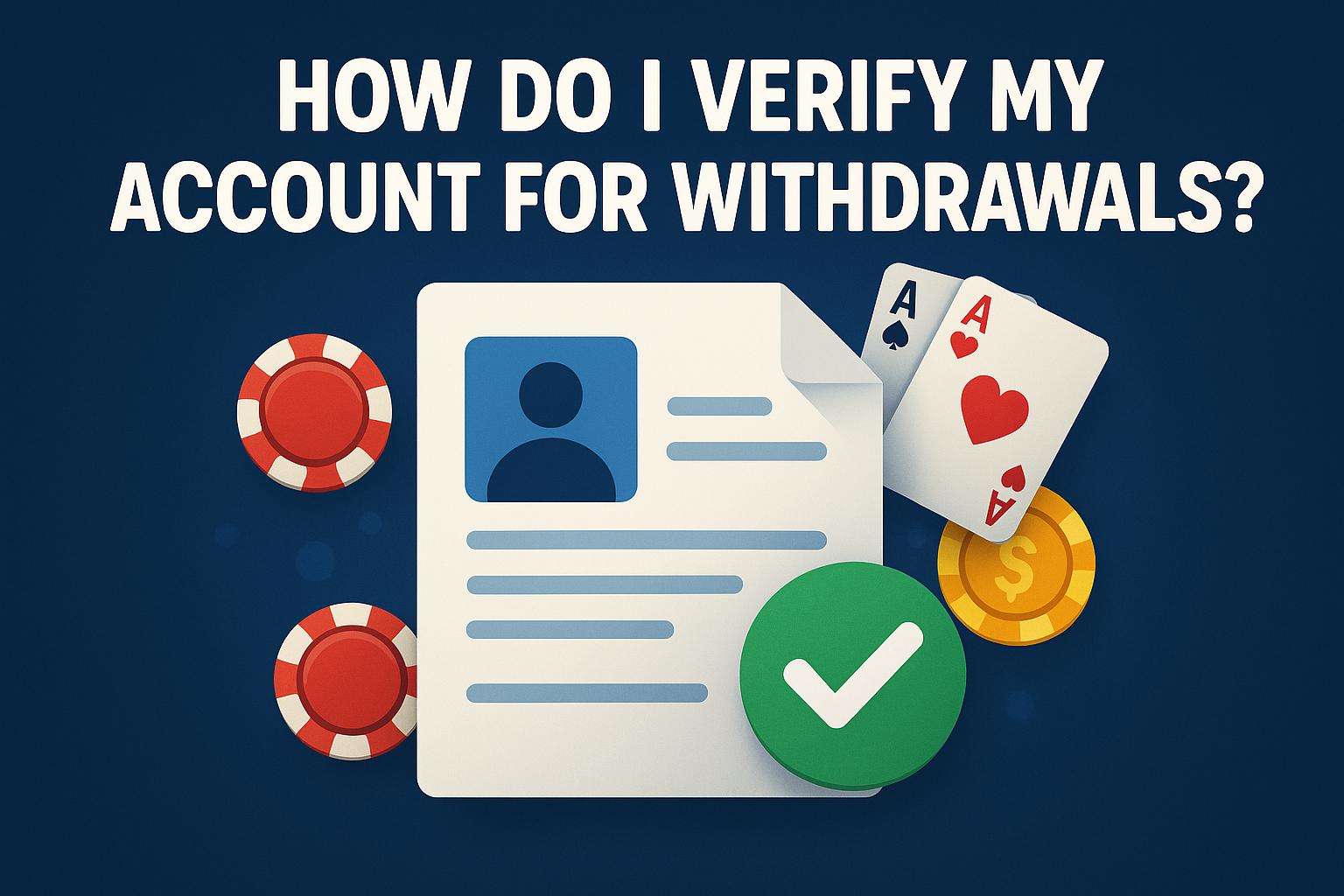
How do I verify my account for withdrawals?
Understanding Account Verification for Withdrawals
In the modern age of digital finance, the security of your financial information is of utmost importance. This involves various mechanisms designed by financial institutions to protect against unauthorized access and fraudulent activities. Among these mechanisms, account verification stands out as a fundamental step. This process comes into play prominently when you request a withdrawal, functioning as a necessary procedure to confirm your identity and secure your assets.
Step-by-Step Guide to Verify Your Account
When proceeding with account verification, you’ll follow a series of steps laid out by your financial institution. Although there might be some differences in specific processes depending on the platform, the essentials of verification generally revolve around submitting personal information and certain documentation.
Provide Personal Information
Initially, you will be required to enter basic personal information. This information typically encompasses your full name, residential address, and date of birth. It’s important to ensure that the details you provide match the records linked to your account. Mismatched information can lead to delays or complications in the verification process.
Submit Identification Documents
Next, you will need to submit identification documents to confirm your identity. These documents act as evidence that the person requesting the transaction is indeed the account holder. Commonly accepted documents are:
Government-issued ID: This could be a driver’s license, passport, or any other official identification recognized by the government.
Proof of Address: This often involves recent utility bills or bank statements that display your current address.
Ensure that these documents are clear and updated. Some institutions may demand notarized copies or additional forms of documentation. It’s crucial to verify the specific requirements set by your financial provider to avoid any unnecessary hindrances.
Link a Bank Account
In some cases, platforms might ask you to link a bank account or another form of payment method for the purpose of verification. This stage involves providing your account details and confirming small deposits made by the service provider into your account. The completion of this step not only affirms your bank account’s validity but also establishes a channel through which funds will be withdrawn.
Understanding Verification Timeframes
The duration required for account verification can vary substantially. The timeframe could range from a few minutes to several days. Factors influencing this period include the methodology of the verification process and the number of requests being processed by the institution at any given time. To facilitate a speedy verification, it is advisable to ensure that all your submitted information and documents are precise and legible.
Security Implications
While verification might seem like a mere formal procedure, it holds substantial importance in terms of financial security. Through mandatory verification, financial institutions aim to:
Limit fraudulent activities: Verification helps in minimizing risks like identity theft, ensuring that only the authorized account holder can access sensitive information or request transactions.
Authorize transactions: With verification, the assurance is provided that transactions are made and approved by the legitimate account owner.
To delve deeper into ways of maintaining the security of your account, consider reviewing resources offered by your financial institution, or reach out to their support team.
Conclusion
Account verification constitutes a crucial step towards the secure management of your financial transactions. By comprehending and following through with necessary verification procedures, you not only ensure smoother processing of your withdrawal requests but also bolster the protection of your financial data. It is imperative to remain updated about the specific prerequisites of your financial service provider to facilitate an efficient and seamless verification process.








